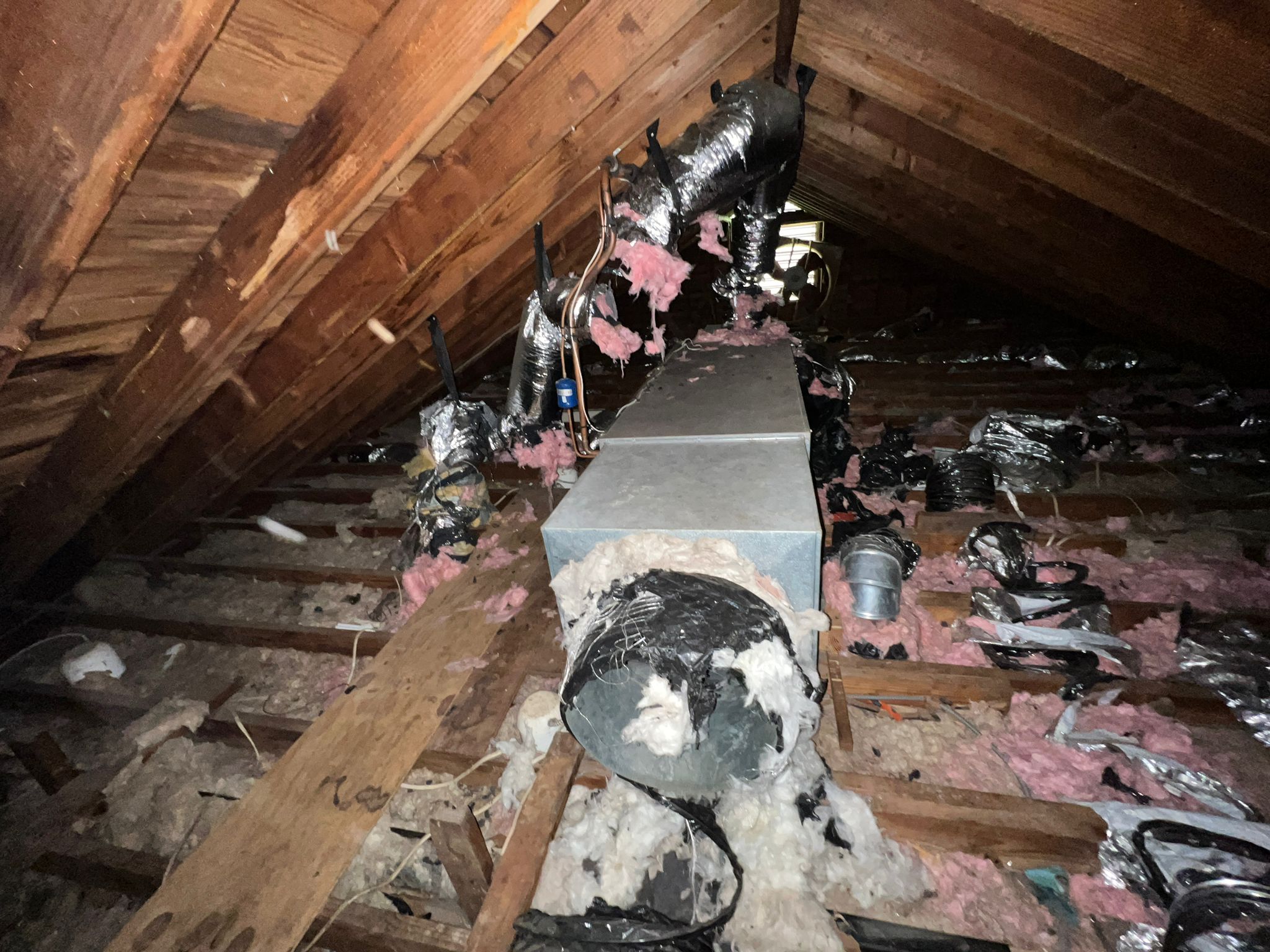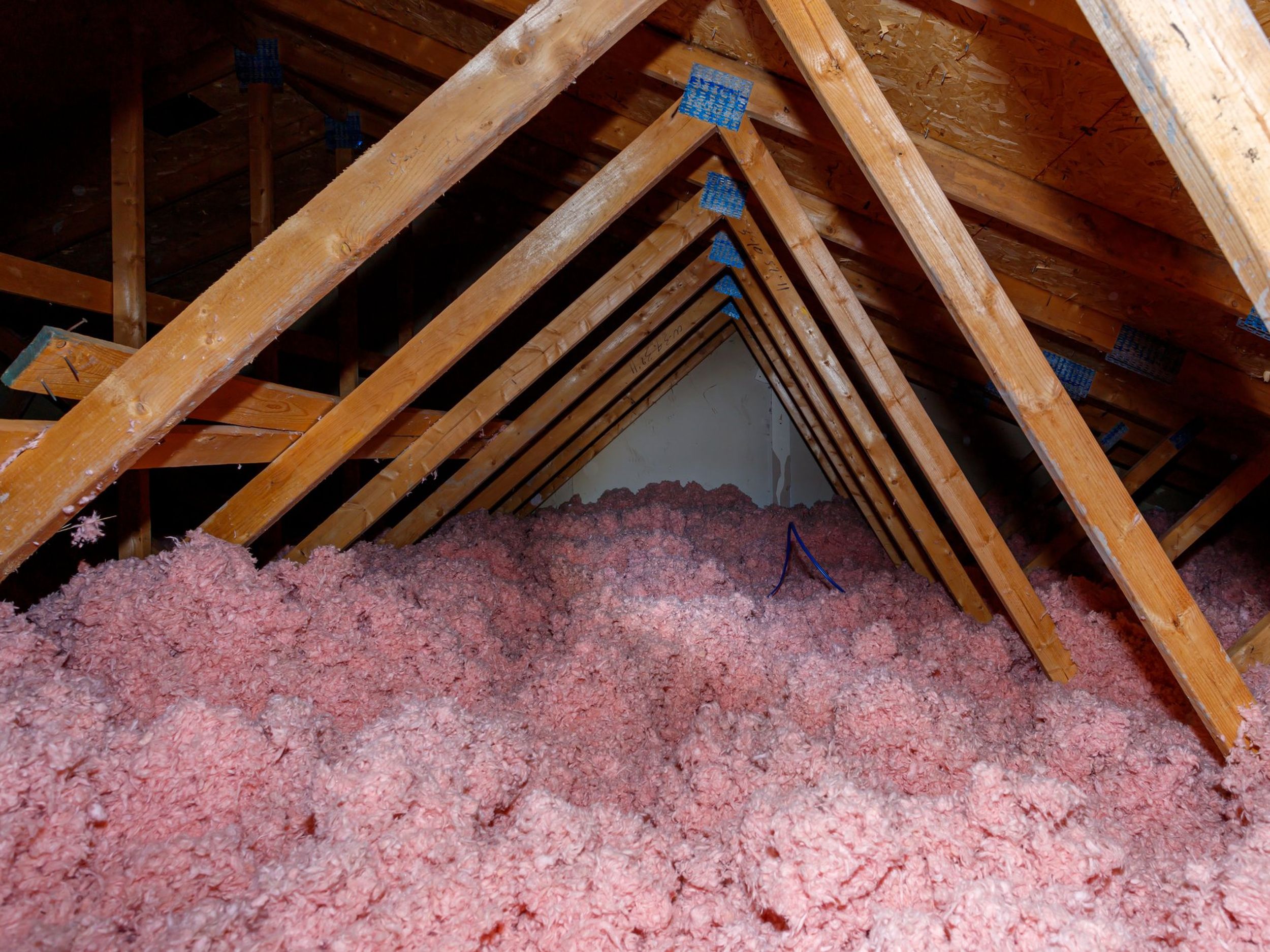Attic Insulation DFW: The Key to Lower Utility Bills and Improved Home Comfort
Attic Insulation DFW: The Key to Lower Utility Bills and Improved Home Comfort
Blog Article
Discover the Different Kinds Of Attic Insulation and Their Distinct Advantages for Your Home's Power Effectiveness

Fiberglass Insulation
Fiberglass insulation is one of the most commonly utilized materials for attic room insulation due to its superb thermal performance and cost-effectiveness. Made up of tiny glass fibers, this product effectively traps air, developing an insulating barrier that assists keep constant indoor temperatures. Its high R-value per inch makes it specifically effective at standing up to warm transfer, which is essential for energy conservation in homes.
Setup of fiberglass insulation is fairly simple, often offered in batts or loose-fill types, suiting numerous attic configurations. Furthermore, it is resistant and non-combustible to moisture, minimizing the threat of mold and mildew development. This longevity adds to its longevity, making fiberglass a feasible lasting financial investment for homeowners.
Furthermore, fiberglass insulation is commonly made from recycled products, which boosts its eco-friendliness. The product can also contribute to soundproofing, minimizing noise transfer between spaces. While it is vital to put on safety equipment throughout installment to stay clear of irritation from the fibers, the overall advantages of fiberglass insulation, consisting of power savings and environmental considerations, make it a preferred choice for improving attic efficiency and advertising a comfy living atmosphere.
Spray Foam Insulation
Spray foam insulation is a highly effective alternative for attic insulation, recognized for its superior air sealing and thermal efficiency. This innovative insulation material is made up of a mixture of isocyanate and polyol resin, which, when incorporated, broadens quickly to fill up gaps and dental caries in the attic room space. Its capacity to stick to different surfaces guarantees a continual barrier against air leakages, dramatically minimizing warm loss during colder months and heat gain throughout warmer seasons.
Among the key advantages of spray foam insulation is its high R-value per inch, which indicates it provides exceptional thermal resistance in a reasonably slim application. This is particularly useful in attics where space is typically limited. In addition, spray foam can help reduce moisture buildup, minimizing the risk of mold and mold growth, which can be destructive to both the structure and indoor air quality.
While the preliminary price of spray foam insulation may be greater than traditional alternatives, its lasting energy financial savings, combined with increased comfort and boosted home value, make it a beneficial financial investment for homeowners seeking improved power efficiency. Attic Insulation DFW. On the whole, spray foam insulation sticks out as an effective service for maximizing attic insulation
Cellulose Insulation

Cellulose insulation is a prominent option for attic insulation, largely composed of recycled paper items treated with fire resistants. This eco-friendly alternative is understood for its exceptional thermal performance, successfully decreasing warmth transfer in both summertime and winter months. The dense make-up of cellulose enables it to load gaps and spaces in attic areas, providing a seamless obstacle against air leakages.
Among the considerable advantages of cellulose insulation is its ability to stand up to mold and bugs, owing to the fire resistant treatments utilized throughout manufacturing. In addition, it boasts a high R-value per inch, which equates right into remarkable power effectiveness. Property owners can anticipate reduced heating & cooling expenses navigate to these guys as an outcome of improved insulation.
Setup is commonly achieved with blowing loosened cellulose right into the desired area, enabling a efficient and quick process. This technique additionally decreases disruption to the existing structure. In addition, cellulose insulation has a reasonably low environmental impact, as its production process uses recycled products, adding to lasting structure techniques.
Rock Woollen Insulation
Amongst the numerous choices for attic room insulation, rock wool, also referred to as mineral wool, sticks out as a result of its impressive thermal and acoustic performance. Made from recycled or all-natural products, rock wool is produced by melting rock and spinning it right into fibers, causing an item that uses exceptional insulation residential or commercial properties.
One of the considerable benefits of rock wool insulation is its high R-value, which indicates its performance in standing up to warmth circulation. This characteristic not only boosts power effectiveness but also adds to keeping a comfortable indoor temperature level year-round. Furthermore, rock wool is inherently fireproof, making it a more secure choice for homes as it can endure heats without melting or releasing poisonous fumes.
In addition, rock woollen insulation stands out in soundproofing capabilities, properly lowering noise transmission between areas and from outside resources. This makes it an excellent option for homeowners looking for a tranquil living environment. Additionally, rock woollen is moisture-resistant, aiding to stop mold and mildew development and keeping the structural integrity of the attic room area. Overall, rock wool insulation supplies a thorough service for improving energy efficiency, safety, and comfort in residential setups.
Radiant Barrier Insulation
Radiant obstacle insulation functions as an effective solution for decreasing heat transfer in attics, particularly in warmer climates. This kind of insulation jobs by mirroring induction heat away from living spaces, consequently lowering the quantity of warmth that gets in a home throughout hot weather condition - Attic Insulation DFW. Typically composed of a highly reflective material, such as aluminum foil, radiant barriers are set up in attic rooms, facing the roofing system, where they can obstruct inbound warmth from the sunlight
The key benefit of radiant barrier insulation is its capability to lower air conditioning prices. By find more mirroring warmth instead of absorbing it, glowing obstacles can aid preserve a much more steady indoor temperature, minimizing the work on cooling systems. This efficiency translates right into reduced energy expenses and raised convenience for home owners.
Along with energy financial savings, radiant obstacles can additionally add to improved interior air quality. By decreasing warm build-up, they assist decrease moisture degrees, which can avoid mold development and boost general air circulation. When mounted appropriately, glowing barrier insulation can be a very useful enhancement to any kind of energy-efficient home, making it a worthy factor to consider for homeowners seeking to improve their attic room insulation method.
Final Thought
In conclusion, understanding the various types of attic insulation-- fiberglass, next page spray foam, cellulose, rock woollen, and radiant obstacles-- makes it possible for house owners to make informed choices concerning power efficiency. Each insulation kind presents special advantages, such as premium thermal resistance, wetness management, and sound depletion. By choosing the appropriate insulation product, considerable reductions in power expenses can be attained, in addition to improvements in indoor convenience. Inevitably, the best selection adds to a much more sustainable living atmosphere and promotes total energy conservation.

In conclusion, understanding the various kinds of attic insulation-- fiberglass, spray foam, cellulose, rock woollen, and glowing barriers-- enables home owners to make educated decisions pertaining to energy efficiency.
Report this page